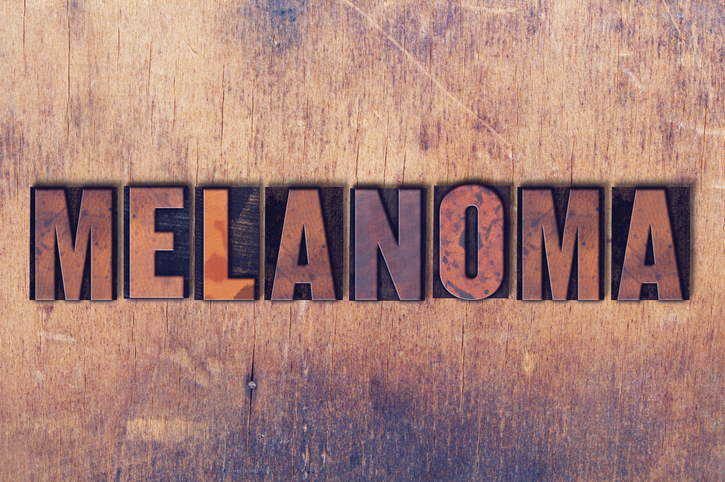
Investigators for a new study have begun unearthing the link between acute lymphoblastic leukemia (ALL) and trisomy 21, commonly referred to as Down syndrome.
“Children with Down syndrome (DS) have a 20-fold increased risk of acute lymphoblastic leukemia (ALL) and demonstrate distinct somatic features, including CRLF2 rearrangement in approximately 50% of cases; however, the role of inherited genetic variation in ALL susceptibility among children with DS is unknown,” researchers wrote in their report, which was published in Blood.
The correlation between ALL and Down syndrome has been well-documented for more than half a century, said Karen Rabin, MD, PhD, associate professor of pediatric hematology and oncology and a member of the Dan L Duncan Comprehensive Cancer Center at Baylor University, in a press release; Dr. Rabin is also director of the Leukemia Program at Texas Children’s Hospital. However, the reason for the connection has remained a mystery, prompting the researchers to undertake this study.
“We conducted a genome-wide association study (GWAS) that enabled us to look for genetic differences between children with Down syndrome and children with Down syndrome and ALL that might explain the increased susceptibility to ALL in Down syndrome,” said Dr. Rabin. “The reasoning was that if we found cases of Down syndrome/ALL with a higher percentage of certain gene variants that were not present in children with Down syndrome/no-ALL, then we could infer that those genetic variants may be important for developing ALL.”
The GWAS included four independent studies with 542 patients with ALL and Down syndrome, and 1,192 controls with Down syndrome and no ALL. The analysis yielded four susceptibility loci at genome-wide statistical significance, the researchers reported: single nucleotide polymorphisms rs58923657 near IKZF1 (odds ratio [OR] = 2.02, Pmeta = 5.32×10-15), rs3731249 in CDKN2A (OR = 3.63, Pmeta = 3.91×10-10), rs7090445 in ARID5B (OR = 1.60, Pmeta = 8.44×10-9), and rs3781093 in GATA3 (OR = 1.73, Pmeta = 2.89×10-8).
Two genes in particular caught the researchers’ attention: CDKN2A and IKZF1.
“There is something about having the Down syndrome genetic background that changes the effect of [CDKN2A ],” said Dr. Rabin.
Of the second gene, the study authors reported, “IKZF1 knockdown resulted in significantly higher proliferation rates in Down syndrome- than non-Down syndrome lymphoblastoid cell lines.”
While the findings are significant, they are only the beginning, according to Drs. Rabin and Lupo.
“Our findings give us clues to explain why these genes seem to be important for causing leukemia in children with Down syndrome,” Dr. Rabin said.
“Our findings will serve as the framework for future assessments that we hope will improve outcomes among these children, and have led to a new study funded by the NIH to further explore the role of genetics on ALL risk in children with Down syndrome,” Dr. Lupo said.







 © 2025 Mashup Media, LLC, a Formedics Property. All Rights Reserved.
© 2025 Mashup Media, LLC, a Formedics Property. All Rights Reserved.